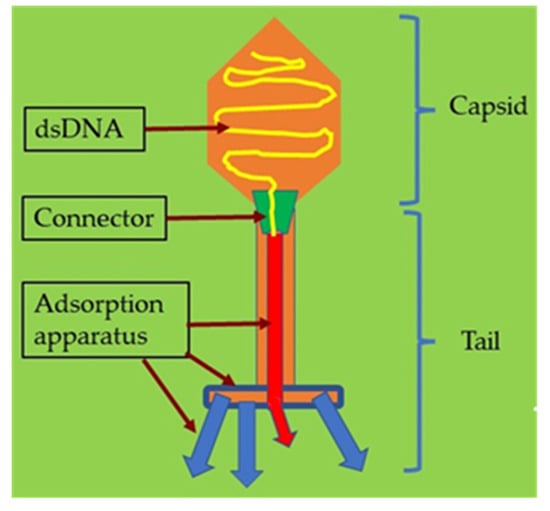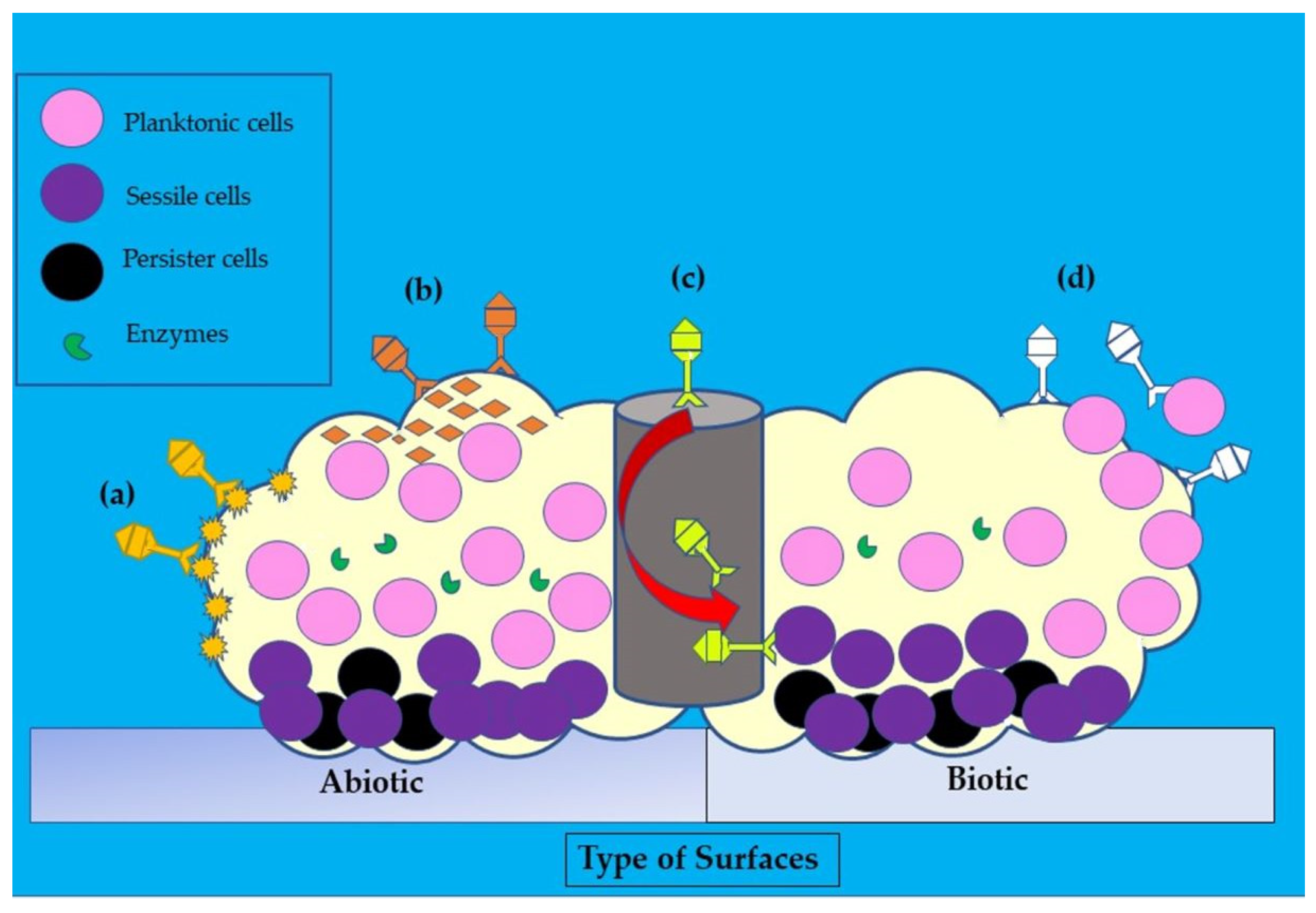A pathogen’s success in causing infection depends on two factors, (i) developing resistance to antibiotics and (ii) virulence factors. Resistance in
A encoding a unique protein called penicillin-binding protein 2a (PBP2a). Its low affinity for β-lactam antibiotics thus enables it to substitute the biosynthetic functions of PBPs
. In addition to SCC
, other mobile genetic elements involved in resistance acquisition include plasmids, transposons, insertion sequences, integrons, integrative-conjugative elements, and pathogenicity islands
. One staphylococcal conjugative plasmid (pGO1/pSK41) has been directly shown to have contributed to resistance to aminoglycosides, penicillin, trimethoprim, bleomycin, tetracycline, macrolides, lincosamide, streptogramin B, and more recently linezolid and vancomycin
. Furthermore, transposons, which themselves are a group of mobile genetic elements, can transfer resistance genes due to their ability to transfer between plasmids or from a DNA chromosome to a plasmid (or vice versa)
. Thus, antibiotic resistance emerges rapidly through the acquisition of antibiotic-resistance genes from other strains of
or even from other genera. The development of resistance due to antibiotic treatment failure results in outbreaks of multiple drug-resistant (MDR) strains, typically in hospital institutions as well as the general population
.
Microbial populations tend to adhere to surfaces by producing extracellular polymeric substances (EPS) and forming biofilms
[44]. Bacterial cells growing in a biofilm are difficult to treat by antibiotics since the EPS matrix prevents them from reaching the bacteria via physical repulsion or limited diffusion
[45]. It has been estimated that of all bacterial infections, ~80% involve biofilm formation
[46], and these appear to be 10–1000-fold more resistant to antibiotics compared to their planktonic counterparts
[47]. The challenge to eradicate bacterial biofilms via antibiotics is well documented, with evidence suggesting some variabilities between drugs. For example, oxacillin, cefotaxime, and vancomycin have shown limited penetration, whereas amikacin and ciprofloxacin are far more effective in this function
[48]. However, eradication of biofilms is very challenging, especially in clinical settings, as high rates of recurrent or chronic bacterial infections have been observed due to biofilms
[49]. The development of biofilm-related
S. aureus infections is always associated with medical devices or procedures used as part of patients’ management, such as indwelling catheters or implants, and chronic conditions such as chronic lung infections, chronic wounds, endocarditis, and others
[49].
2.7. Phage Therapy
The term “phage” is defined as a type of virus that can enter and destroy bacterial cells whose potential was appreciated early in history
[50][51]. The morphological structure of a bacteriophage is unique as it consists of a head that is filled with DNA or RNA and a tail that is used for the introduction of the genome into the bacterial cells (
Figure 1). It has limited receptors on eukaryotic cells; hence, it may not enter mammalian cells, making it the most promising alternative therapeutic option in humans
[52][53].
Figure 1. Illustration of a bacteriophage with its structure and components.
Their bactericidal activity begins with the binding of the virion to specific bacterial cell-surface receptors via phage receptor binding proteins (RBP), followed by the adsorption of phage DNA into a bacterium. This then initiates various molecular mechanisms which promote phage propagation and resultant bactericidal activity
[54]. Bacteriophage therapy has been actively implemented since the early twentieth century after its discovery by Twort
[55] and D’Hérelle
[56]. Since this period, its popularity diminished as antibiotic use became the preferred method of treating infections in western countries. However, with the advent of antibiotic resistance, several recent investigations have explored the efficacy of treating bacterial infections with phages in the human setting
[57][58][59]. Chan and Abedon first suggested that treatment strategies could be categorized by the number of phage types used, with ‘monophage therapy’ exploiting a single phage type and ‘polyphage therapy’ involving multiple phage types
[60]. Levin and Bull initially emphasized the importance of accurately matching pathogens with specific phages. Although usually assessed in vitro, phage activity in this setting is not always predictive of their efficacy in vivo
[61]. It has also been identified that phage preparations should be purified by filtration and passed through specific columns or resins to remove endotoxins from the phage lysate to a level appropriate for use, and toxicity testing of formulations in vivo should be conducted
[62][63][64].
As natural predators of bacteria, bacteriophages have several innate mechanisms to destroy biofilms (
Figure 2). For example, degradation of the extracellular matrix is initiated by the induction of bacterial cells to produce exopolysaccharides (EPS)-degrading enzymes, which later break down the polysaccharides and proteins of the extracellular matrix (biofilms). Hence, this could facilitate the penetration of bacteriophages into the biofilms and later replicate in the bacterial cells and destroy them
[65]. The phage can also express polysaccharide depolymerases, an enzyme that is able to degrade biofilms, as well as polysaccharide-forming capsules and lipopolysaccharides
[66][67]. Interestingly, bacteriophages can enter the bacterial genome and integrate themselves, leading to “floating bacterial cells” that could interfere with the formation of biofilms
[66].
Figure 2. Illustration of the disruptive mechanisms of bacteriophages in Staphylococcus aureus biofilms on abiotic and biotic surfaces by the (a) expression of polysaccharide depolymerases which degrade extracellular matrix, (b) induction of host cells to produce exopolysaccharides (EPS)-degrading enzymes, (c) diffusion via biofilm water channels for inner layer penetration, and (d) adsorption to bacteria for biofilm penetration. The role of each bacteriophage is depicted in various colors (dark yellow, orange, yellow, and white).
Phage therapy (PT) should also be carefully assessed in patients with chronic infections caused by polymicrobial agents. For example, anti-
S. aureus PT failed to completely cure chronic polymicrobial biofilm infection of a bone allograft in a sarcoma patient. The scholars explained the possibility of incomplete coverage of anti-
S. aureus PT against non-staphylococci bacteria
[68]. In addition, a special precaution should be implemented when PT is used when treating infections in patients with cancers. Following the introduction of bacteriophages (T4 and M13) into prostate cancer cell lines (PC-3), overexpression of integrins was observed, which may be beneficial to prostate cancer cases
[69]. However, it may be detrimental to other types of cancers, such as ovarian and breast cancers. Overexpression of selected integrins (ITGAV and ITGB3) would promote the survivability of these cancer cells and their proliferation
[70]. Although there is a lack of phage receptors in mammalian cells, Bichet et al.
[71] demonstrated the uptake of phages by several cell lines through micropinocytosis in vitro
[71]. The uptake of phages and their internalization process across the cell lines are very heterogenous, and the scholars concluded that the type of cells and phages have no roles in their specificity. Interestingly, the viability of these phages was lost due to the inactivation process
[71]. This finding could further compromise the accessibility of phages to the site of infection in the tissues or organs during phage therapy. Modifications in the shape of phages may reduce the sequestration issues related to cellular uptake during phage therapy. It has been shown that the elongated-shaped phages have lower uptake rates by the cells compared with the disc-shaped phages
[72]. Tolerability and safety for patients are paramount but are affected by the solution formulations phages are stored in. Formulations need to be specifically designed in order to maintain phage stability in storage, which, when poorly formulated, would impact effectiveness during treatment
[73]. On a similar note, an appropriate therapeutic regime (dosage, dosing interval, and timing) is also pivotal in ensuring the efficacy of phage therapy, as clearly explained by
[1].


